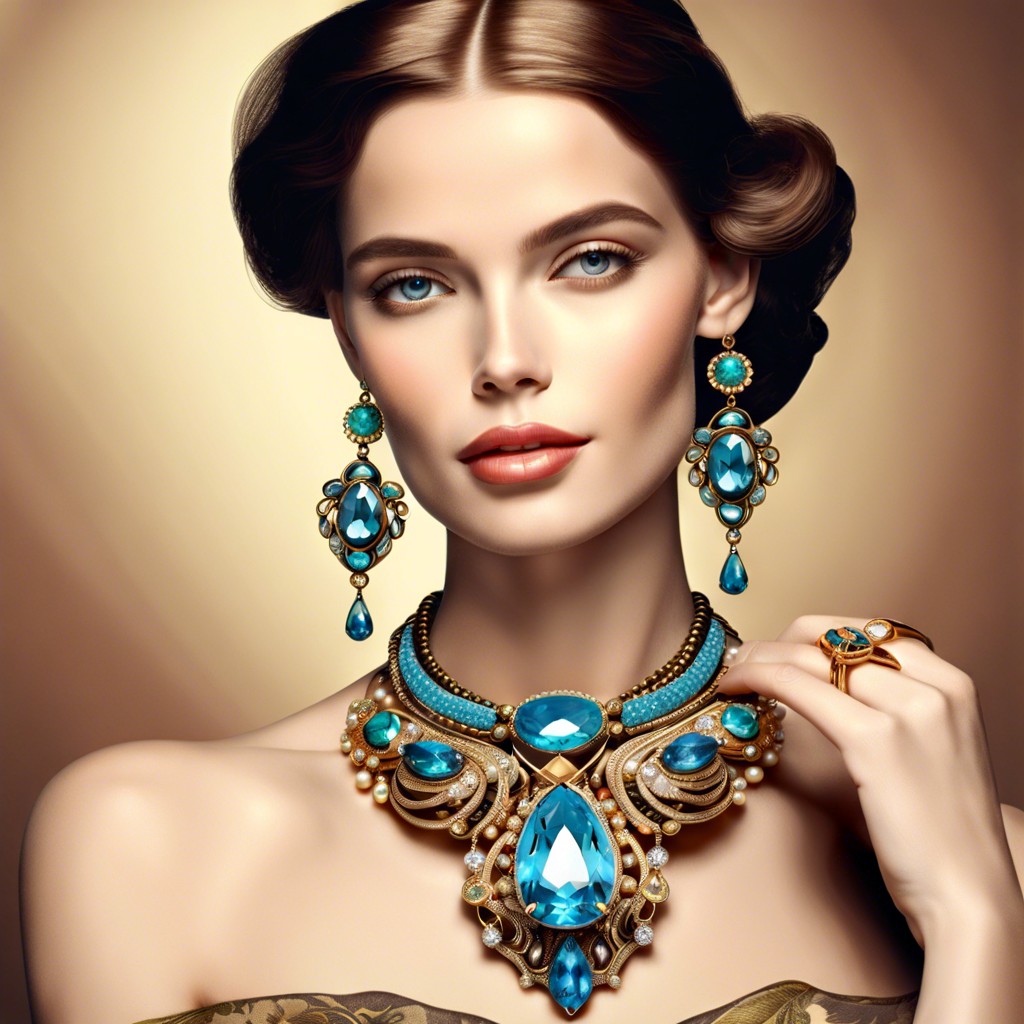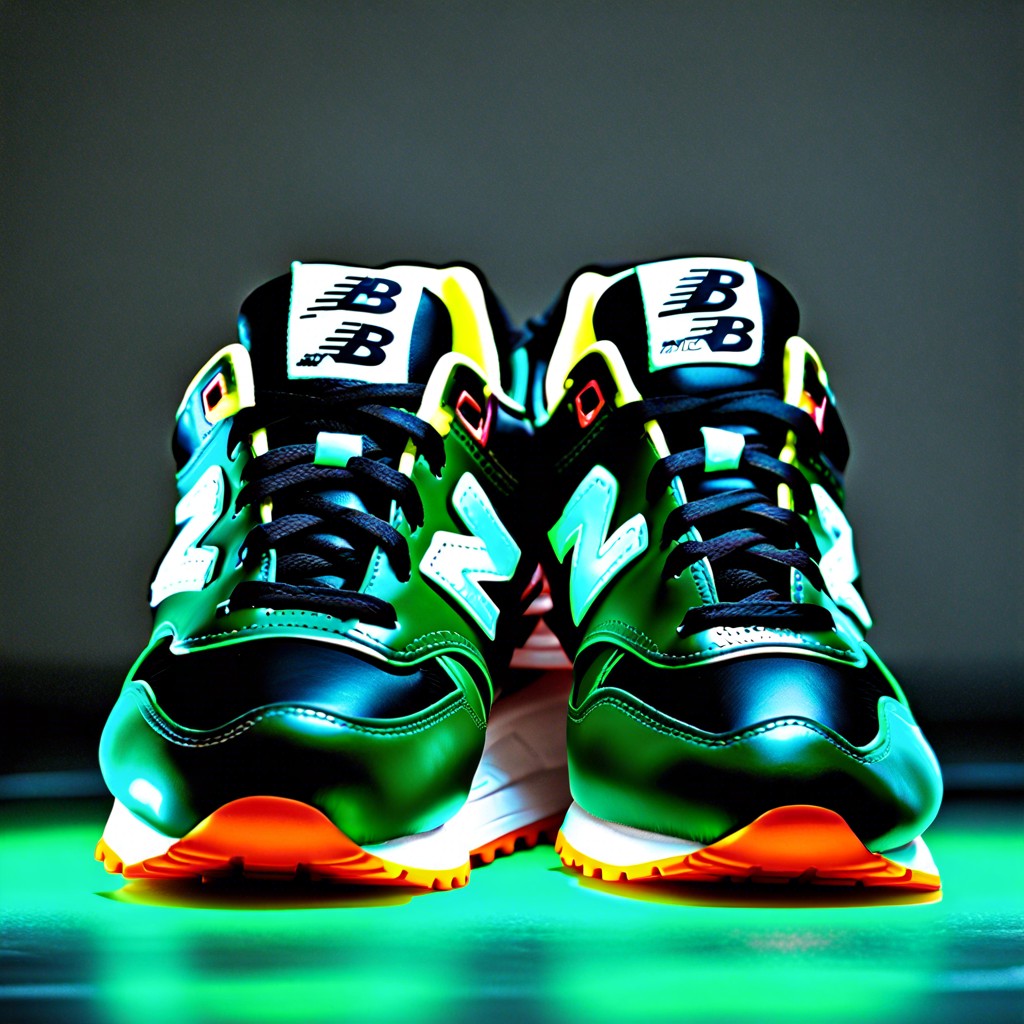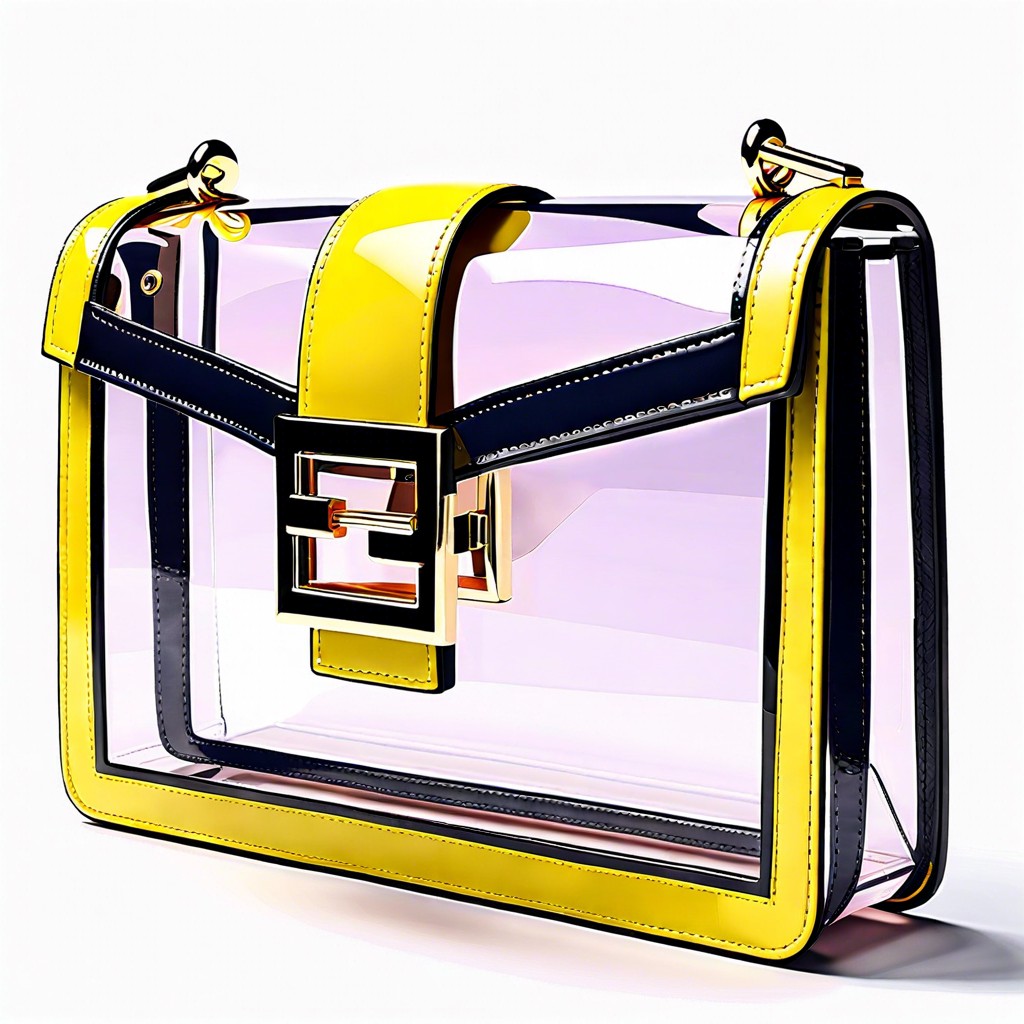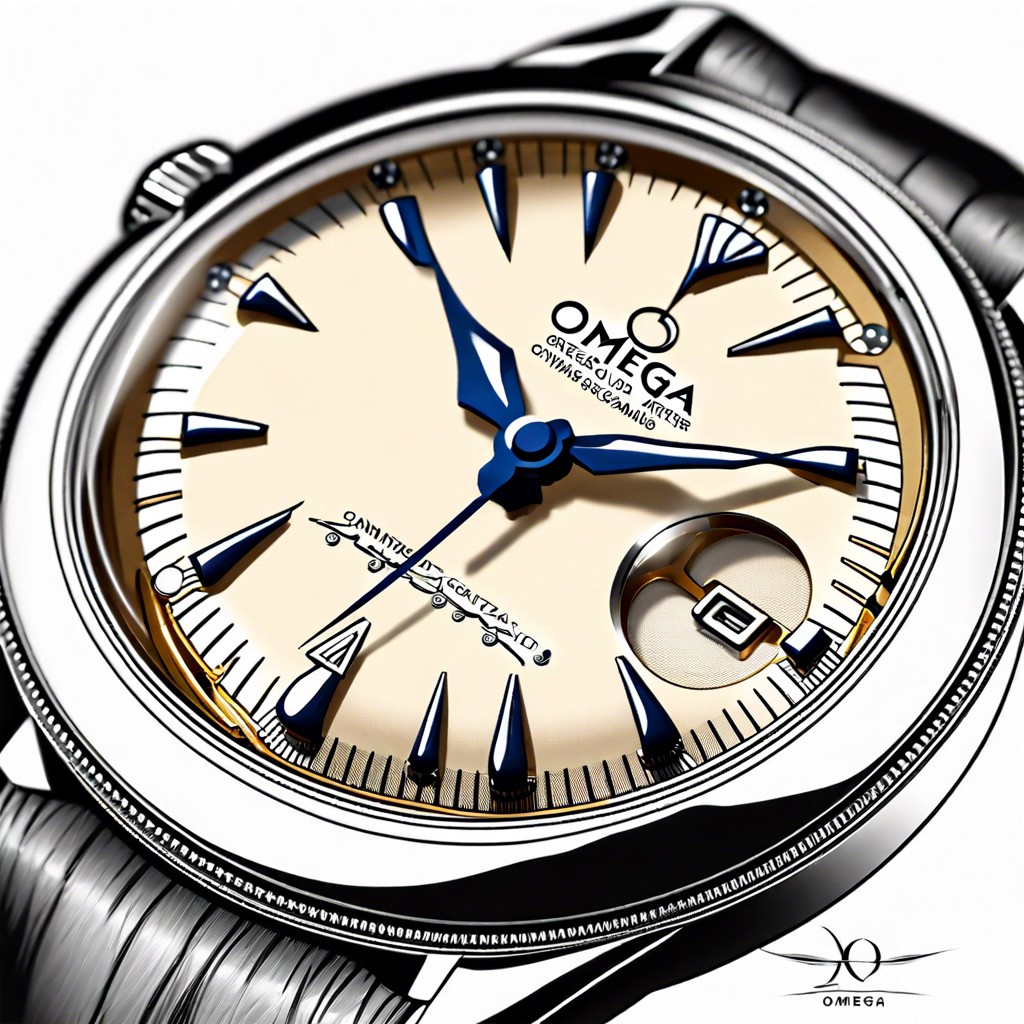Last updated on
In this buying guide, discover essential tips for selecting authentic vintage jewelry that aligns with both your personal style and investment goals.
Key takeaways:
- Vintage jewelry encompasses various eras and styles.
- Authenticating vintage jewelry requires knowledge of hallmarks and craftsmanship.
- Rarity, provenance, and condition impact the value of vintage jewelry.
- Investing in vintage jewelry can provide stability and potential appreciation.
- Starting a vintage jewelry collection requires research and personal style.
Defining Vintage Jewelry

Vintage jewelry typically refers to pieces that are at least 20 to 30 years old, encompassing a range of eras including Art Deco, Retro, and Mid-Century Modern. Unlike antique jewelry, which must be over 100 years old, vintage items capture more recent historical periods. These pieces reflect the fashion and social trends of their times, often characterized by specific materials, motifs, and craftsmanship techniques. It’s essential to differentiate vintage from both antique and estate jewelry; the latter includes previously owned jewelry that can be less than 20 years old. Understanding the nuances in these terms allows for a more informed appreciation and assessment of each piece’s historical significance and aesthetic value.
Popular Vintage Jewelry Styles

Art Deco (1920s to 1930s) is characterized by geometric shapes, bold colors, and lavish ornamentation. Pieces often feature diamonds, platinum, and vibrant gemstones.
Retro (1930s to 1950s) reflects Hollywood’s Golden Age glamour, with large, chunky jewelry, often in rose gold and adorned with colorful, oversized gemstones and elaborate designs.
Mid-Century Modern (1940s to 1960s) offers clean, streamlined designs mirroring the era’s architectural trends. Common materials include gold, pearls, and less traditional gemstones.
Victorian (1837 to 1901) includes intricate designs, romantic motifs like hearts and birds, and a mix of precious and semi-precious stones, set typically in gold.
Edwardian (1901 to 1910) is known for delicate filigree work in platinum or white gold, often with pearls or diamonds and lace-like patterns.
Art Nouveau (1890 to 1910) features flowing, organic lines and motifs inspired by nature. Materials like enamel, glass, and semi-precious stones are common.
Each style signifies its era’s social and economic conditions, making them historical as well as aesthetic artifacts.
Sourcing and Authenticating Vintage Jewelry

When seeking vintage jewelry, prioritize reputable dealers, such as specialized antique stores and auction houses with proven expertise. These sources often provide provenance and can attest to an item’s authenticity. For a more casual hunt, flea markets, estate sales, and online marketplaces offer a treasure trove of potential finds but require a more discerning eye.
Educate yourself on the specific hallmarks and craftsmanship details characteristic of the period from which the jewelry originates. Maker’s marks, material quality, and construction techniques can provide valuable clues about an item’s age and authenticity. For instance, a piece from the Art Deco period should exhibit symmetry and geometric patterns, while a Victorian piece might show intricate detailing and use of romantic motifs.
Condition is a critical factor; original features such as clasps, settings, and any soldering should be consistent with the period’s manufacturing capabilities. Signs of modern intervention may detract from value.
Consultation with a certified gemologist or an appraiser can provide a professional evaluation of the jewelry’s authenticity and quality. Such expertise is especially important when considerable investment is involved.
Online tools and databases can assist in researching and verifying the background of pieces. Serial number checks and historical records can support an item’s legitimacy.
Remember that wear is normal for vintage items and can authenticate age, but excessive damage may affect value. Assess the piece thoroughly, keeping an eye out for excessive restoration which may compromise authenticity.
Investment and Value Trends in Vintage Jewelry

The volatility of financial markets often primes vintage jewelry as a stable investment. Historical trends show that high-quality pieces tend to appreciate over time. Recognizing pieces with investment potential requires an understanding of several key factors.
Firstly, the rarity of a piece significantly impacts its value. Jewelry from esteemed moments or collections, with limited production runs, or items which no longer are produced possess higher investment credentials.
Secondly, provenance can enhance a piece’s worth, particularly if linked to a notable person or event. Authentication documents or a well-documented history can increase a piece’s appeal to collectors.
Condition is another critical consideration. Items in pristine condition, free from repairs or modifications, achieve higher market values. It’s essential to seek out pieces with minimal wear for long-term investment.
Brands also play a role. Jewelry from prestigious houses like Tiffany & Co., Cartier, and Van Cleef & Arpels frequently command premium prices and demonstrate resilience in the resale market.
Lastly, market trends should not be ignored. Current fashion can influence the demand for certain styles, stones, or periods. Regularly consulting auction results, dealer prices, and industry publications helps in understanding the ebb and flow of market preferences.
Investing in vintage jewelry combines aesthetic appreciation with financial prudence, provided that one diligently assesses the factors influencing its worth.
Collecting Vintage Jewelry

Starting a vintage jewelry collection requires an understanding of personal style and historical relevance. Focus on specific time periods or designers that resonate with personal taste. Consider quality and condition—look for minimal damage and original parts, as these affect value. Research is key; learn the hallmarks and craftsmanship details that distinguish genuine pieces from replicas. Joining collector groups and attending auctions can provide insight and networking opportunities. Storage is also important; proper care includes keeping jewelry in a controlled environment, avoiding sunlight and moisture to preserve condition. Remember, collecting should be enjoyable, reflecting individuality and a connection to the past.




